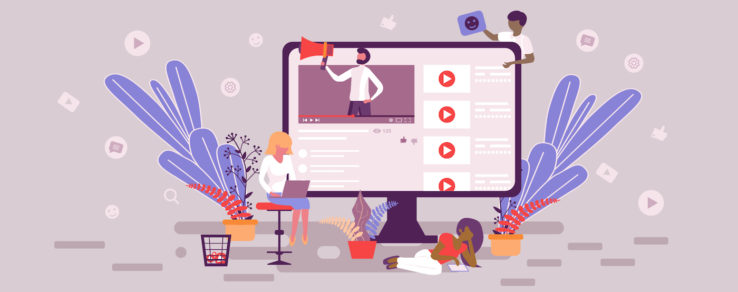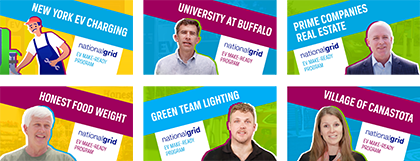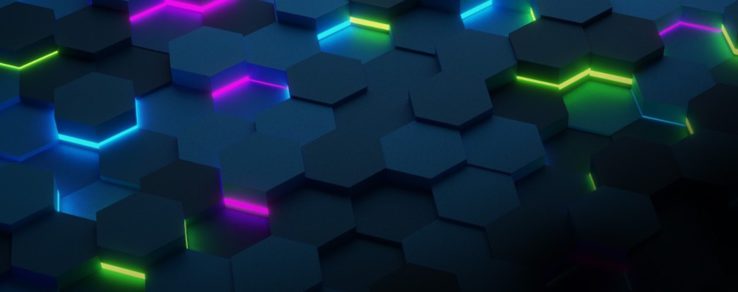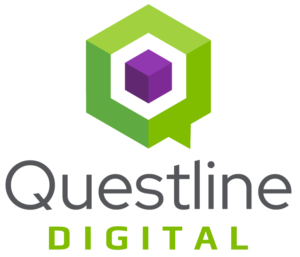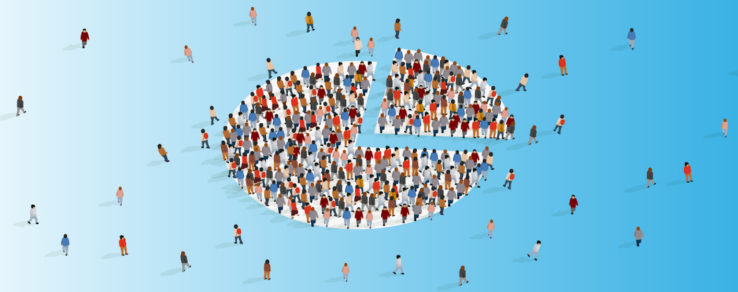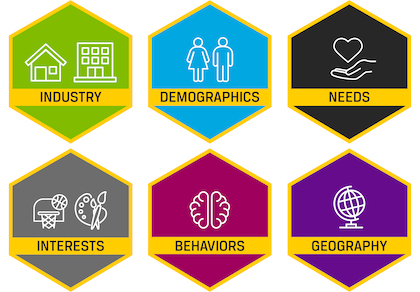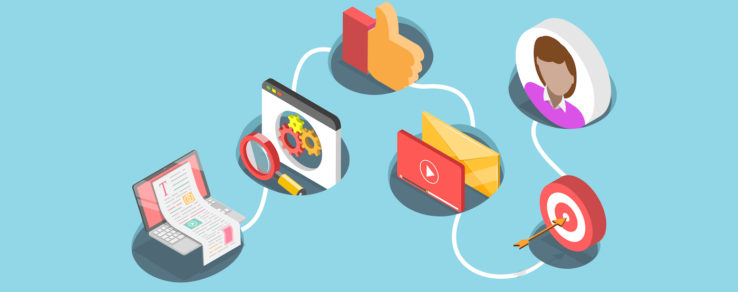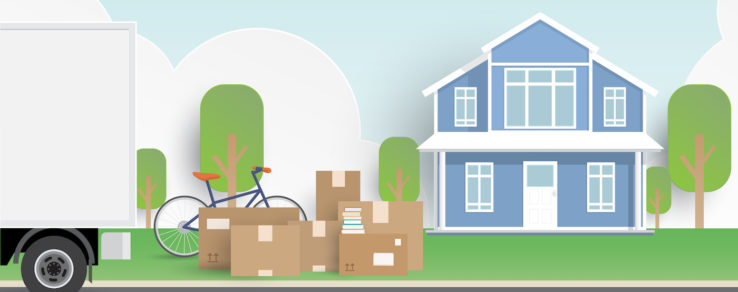Consumers prefer video content. In the age of social media and smartphones — even gas pumps are now equipped with streaming screens — video is the most effective way to get your message in front of customers.
Video makes your message both memorable and shareable, while being adaptable across all digital channels. By producing entertaining, informative video content, your utility can increase customer engagement, grow program participation and educate residential and business customers about important energy topics.
But video is also difficult to produce, and it can be expensive. The popularity of video content comes with high customer expectations: They will quickly tune out a poorly made or uninteresting video. To succeed, it’s critical for marketers to invest the time and resources needed to produce content that is appealing and effective.
If your energy utility wants to boost your customer engagement strategy with video content, follow these best practices to create enjoyable, entertaining videos that also educate and inform.
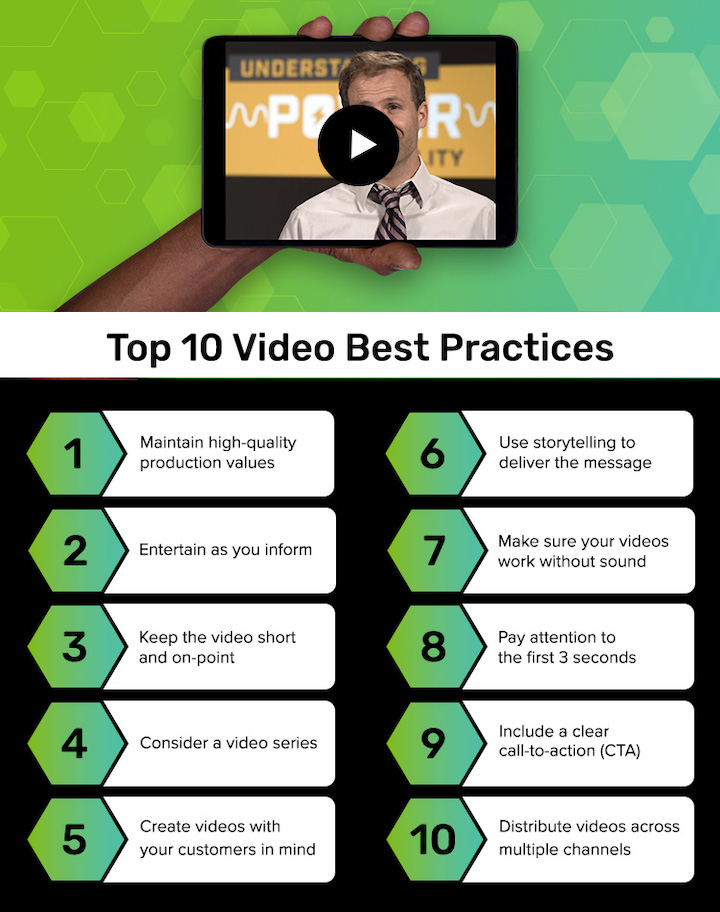
Top 10 Video Best Practices
- Maintain high-quality production values
- Entertain as you inform
- Keep the video short and on-point
- Consider a video series
- Create videos with your customers in mind
- Use storytelling to deliver the message
- Make sure your videos work without sound
- Pay attention to the first 3 seconds
- Include a clear call-to-action (CTA)
- Distribute videos across multiple channels
1. Maintain high-quality production values
Video production is more accessible than ever. Thanks to smartphones, most of us practically have an entire movie studio in our pockets. However, the DIY aesthetic is probably not consistent with your energy utility’s brand. You want your messages to be professional and authoritative, not like a homemade social reel.
Follow these video best practices to ensure your production values reflect that professionalism:
- Subjects should be well-lit and properly exposed, including key lighting from the front and backlighting. Overhead office lights are typically not sufficient.
- Capture video in horizontal, widescreen mode. Vertical videos look fine on social media but don’t translate well to other platforms.
- Use a tripod and avoid unnecessary camera movement like zooms and pans. Shaky, unstable camera work is a surefire way to make your video look amateurish.
- Hire professional talent to appear on-screen and record voiceovers. Actors who are comfortable, confident and clear on camera make your videos more enjoyable to watch and add authority to your message.
- Use high-quality graphics and legible type to explain or label items in your video. Utilize bright, contrasting colors so that graphics are clear for smartphone viewers and the vision impaired.
- Spoken audio and voiceovers should be loud and clear. Professionally recorded music can add interest, especially for an introduction, but make sure it’s not distracting.
2. Entertain as you inform
How do you make a video engaging? By incorporating entertainment.
Video content is an extremely effective way to educate customers about energy topics. Moving images and graphics can make complicated concepts easy to understand. But your videos won’t hold viewers’ attention if they come across as dry, boring or too technical.
To make a positive impression and truly build customer engagement, video content needs to be entertaining as well as informative.
Follow these video best practices to ensure that your message is entertaining:
- The tone should be upbeat and energetic. For example, approach energy efficiency as a positive change, not as something customers are doing wrong and need to fix.
- Keep it simple. Most residential customers are not energy experts, and they don’t need to be. Ask someone from outside your utility to review scripts to make sure they’re understandable and don’t overuse industry jargon.
- Use animation and on-screen graphics to bring topics to life. Don’t explain something if you can show it instead; using animation to show inside equipment is even better.
- Content for a business audience can be more advanced, but it should still be enjoyable to watch. Save the technical specs for an infographic or detailed article.
Check out this animated video about renewable energy. A typically complex topic is simplified through metaphors, graphics and fun characters.
3. Keep the video short and on-point
It probably goes without saying that today’s consumers don’t have a lot of free time on their hands. Video content is popular not just because it’s easy to consume — it’s also a fast way for customers to get lots of information while they’re on the go. Make sure your videos don’t bore customers or tempt them to reach for the “skip” button.
Keep your content brief by following these video best practices:
- Videos should be as short as possible while still being informative and entertaining. You don’t want the video to feel rushed, but it should be concise. In other words, stick to the point and eliminate the fluff.
- With few exceptions, website videos should be no longer than 90 seconds to 2 minutes. If you can’t fit your topic into that time, consider narrowing the focus or splitting it into a multiple-video series.
- Social media videos should be 30 to 60 seconds in length, with graphics optimized to display on smartphone screens.
4. Consider a video series to promote ongoing engagement
From movie trilogies to streaming TV series, viewers can’t resist watching the new adventures of characters they already know and love. Presenting video content as part of an ongoing series is an effective way for energy utilities to increase customer engagement. Customers who are familiar with a series are much more likely to watch the latest videos — and learn about new energy topics.
Follow these tips to build long-term engagement with your video series:
- A video series creates familiarity and reinforces consistent messaging by returning to the same style and format over time.
- Using the same on-screen talent and series title helps customers connect the overall theme (e.g., energy efficiency) to specific topics (LED lightbulbs and smart thermostats).
- Questline Digital performance metrics show that content presented in a series increases subsequent viewings, with up to 42% of customers watching multiple videos in a series.
Check out this example from National Grid. The utility worked with Questline Digital to create six testimonial videos that promote results from their EV Make Ready Program, as well as an animated video explaining how the program works. Rather than one, extremely long video, they built a series that more effectively engages customers with digestible, more specific episodes.
5. Create videos with your customers in mind
When planning topics for your next video, focus on how you can provide value to customers. What interests do customers have? What questions do they ask? Use this information to develop a content strategy that gives customers what they need and provides information that will help them in their daily lives.
- Do your customers want to learn something new? An educational, animated explainer video can help simplify complex topics.
- Do your customers need proof points that a program or product is worthwhile? Showcase real-life success stories and commentary from customers with case studies and testimonial videos.
- Do your customers need help navigating a new service or understanding a program? Give them a step-by-step overview with a tutorial video.
6. Use storytelling to deliver the message
Storytelling helps create an authentic voice that resonates with customers. Focus on narrative-based content that viewers can relate to. Tell a story about a brand, company or service and guide viewers to through their pain points, develop an emotional spark, and then see a satisfying solution to the problem.
When it comes to storytelling, there are a few main points to consider before video development begins.
- Plot: What story do you want to tell? What is the overarching arc of the story? Does it include enough drama to hold attention?
- People: Who are the characters in the story and how do they relate to viewers?
- Place: What is the main location of the story and how does that connect back to customers?
- Audience: What customers are you targeting with this video — residential or business, specific industries, residential customers with specific interests?
- Purpose: What point are you trying to make in the story and what do you want viewers to do after?
7. Make sure your videos work without sound
If you plan on sharing your videos on social media platforms, it’s important to ensure your videos convey your message while muted. We all know how embarrassing it can be to have the sound from a video clip on your phone interrupt those around you. That’s why most users opt to default to mute when auto-playing content.
If your video isn’t understandable without sound, you’ll miss out on a large portion of potential viewers. Follow these video best practices:
- Always add closed-captioning text files. Captioning ensures that your video is accessible to those with hearing impairments as well as mobile viewers who mute their phones.
- Don’t rely on music. Music is a fantastic feature to add to your marketing videos. However, if the meaning of your clip revolves around the music, those watching on mute won’t understand the message.
8. Pay attention to the first three seconds
You have only three seconds to hook and interest your viewer. If that doesn’t happen, they’ll scroll past or click “skip,” meaning the rest of your video went to waste.
- Add a strong visual or “opening shot” at the very beginning of your video to immediately capture attention and stop scrolling.
- Don’t make your logo the first shot or video thumbnail image — this doesn’t tell viewers what the video is about or grab their interest.
- Include a clear headline on your video thumbnail explaining what value your video is going to provide.
- Use people and animals to your advantage to trigger an emotional response. Nothing captures people’s attention more than seeing other people or animals on the screen.
Check out this video made by Questline Digital that includes a title image that lets you know exactly what the clip is about.
9. Include a clear call-to-action (CTA)
As mentioned above, defining the purpose of your video is vital — what do you want customers to do after they watch? Is it to sign up for a service, purchase a new smart technology device or send in a rebate request? Whatever it is, make sure you include a clear call-to-action.
Use your CTAs to:
- Drive visits to specific landing pages
- Send customers to their My Account preference center
- Encourage downloads of your utility’s app
- Ask viewers to share their input
Also, make sure it’s easy for customers to take action; for example, a single click should take them to the correct landing page or a simple signup form.
10. Distribute videos across multiple channels
“Build it and they will come” doesn’t work for most things, including videos. Content cannot simply be created and left alone. To increase views and engagement with your videos, they need to be shared widely across all channels and platforms.
The obvious channels to add videos include:
- Your utility’s website
- YouTube or Vimeo pages
- Social media platforms
Some not-so-obvious channels to leverage video content include:
- Your utility marketing emails
- As QR codes on printed materials
- Within customers’ My Account centers
- On your utility marketplace site
Wherever your utility shares video content, remember the original purpose: What is your utility trying to accomplish with each video? Who is your utility trying to reach?
Use Video Best Practices to Boost Views and Engagement
Videos are an effective way to engage with your customers in a format that they prefer. Make sure your video content is high-quality, entertaining, informative and concise. Your energy utility will see overall increased engagement and satisfaction, and your customers will be coming back for more.
